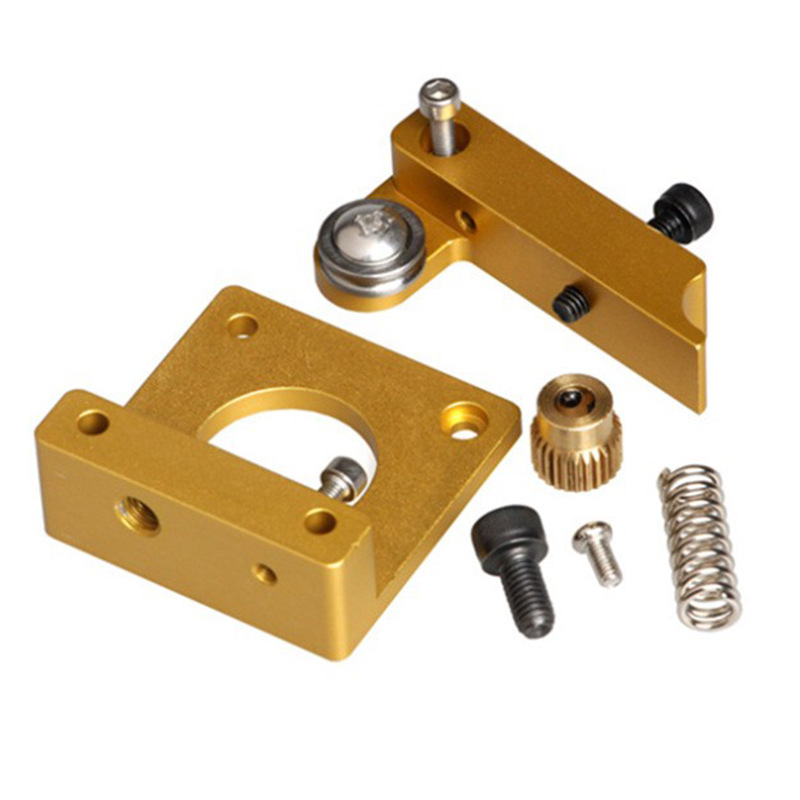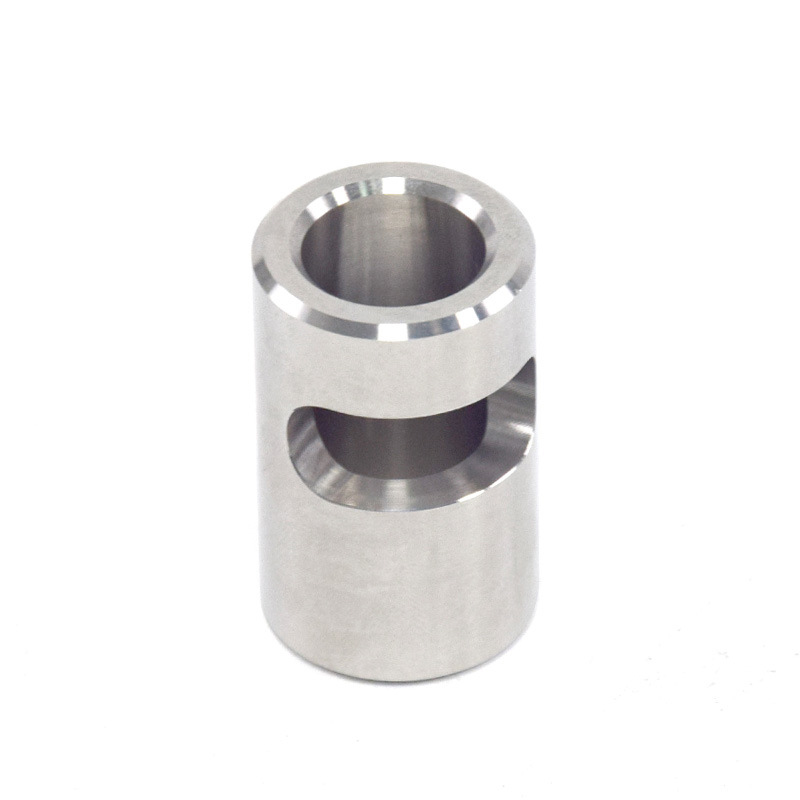Better Touch Better Business
Contact Sales at MDM Metal
Polishing process
The basic program for polishing plastic molds requires high-quality polishing tools and accessories such as oilstones, sandpaper, and diamond grinding paste to achieve high-quality polishing results.
The general process of polishing plastic molds is as follows:
1. Precision polishing
Fine polishing mainly uses diamond grinding paste. If a polishing cloth wheel is used to mix diamond grinding powder or paste for grinding, the usual grinding sequence is 9 μ m(#1800)~ 6 μ m(#3000)~3 μ m(#8000)。 nine μ M's diamond grinding paste and polishing cloth wheel can be used to remove hair like grinding marks left by # 1200 and # 1500 sandpaper. Next, polish with adhesive felt and diamond grinding paste in the order of 1 μ m(#14000)~ 1/2 μ m(#60000)~1/4 μ m(#100000)。 Accuracy requirement is at 1 μ Above m (including 1 μ m) The polishing process can be carried out in a clean polishing room in the mold processing workshop. If more precise polishing is carried out, an absolutely clean space is necessary. Dust, smoke, dandruff and saliva may scrap the high-precision polished surface obtained after several hours of work.

2. Rough throwing
After milling, electric discharge, grinding and other processes, the surface can be polished using a rotary surface polishing machine or ultrasonic grinding machine with a rotational speed of 35000-40000 rpm. Commonly used methods include utilizing diameter Φ Remove the white spark layer from the 3mm, WA # 400 wheel. Then there is manual oilstone grinding, with strip shaped oilstones added with kerosene as a lubricant or coolant. The general usage order is # 180~# 240~# 320~# 400~# 600~# 800~# 1000. Many mold manufacturers choose to start from # 400 in order to save time.
3. Semi precision polishing
Semi precision polishing mainly uses sandpaper and kerosene. The number of sandpaper in sequence is: # 400~# 600~# 800~# 1000~# 1200~# 1500. In fact, # 1500 sandpaper is only suitable for quenched mold steel (above 52HRC), not for pre hardened steel, as this may cause surface burns on pre hardened steel parts.
4. Fine polishing
By using grinding paste for precision polishing, 8000010000 can achieve a mirror finish.
Polishing method
mechanical polishing
Mechanical polishing is a polishing method that obtains a smooth surface by removing the convex parts after polishing through cutting and plastic deformation of the material surface. It generally uses oilstone strips, wool wheels, sandpaper, etc., and is mainly manually operated. Special parts such as the surface of the rotating body can use auxiliary tools such as a turntable.

For high surface quality requirements, ultra precision polishing can be used. Ultra precision polishing is the use of specially designed grinding tools, which are tightly pressed onto the machined surface of the workpiece in a polishing fluid containing abrasives and perform high-speed rotational motion. By utilizing this technology, Ra0.008 can be achieved μ The surface roughness of m is the highest among various polishing methods. This method is often used in optical lens molds.
chemical polishing
Chemical polishing is the process of allowing materials to preferentially dissolve the micro protruding parts of the surface in a chemical medium, resulting in a smooth surface. The main advantage of this method is that it does not require complex equipment and can polish workpieces with complex shapes. It can simultaneously polish many workpieces with high efficiency. The core issue of chemical polishing is the preparation of polishing solution. The surface roughness obtained by chemical polishing is generally in the order of 10 μ m。
Electrolytic polishing
The basic principle of electrolytic polishing is the same as that of chemical polishing, which relies on selectively dissolving small protrusions on the surface of the material to make the surface smooth. Compared with chemical polishing, it can eliminate the influence of cathodic reaction and achieve better results. The electrochemical polishing process is divided into two steps: ⑴ Macroscopic leveling and diffusion of dissolved products into the electrolyte, resulting in a decrease in the geometric roughness of the material surface, with Ra>1 μ m。⑵ Low light level flat anodic polarization, increased surface brightness, Ra<1 μ m。
Ultrasonic polishing
Place the workpiece in an abrasive suspension and place it together in an ultrasonic field, relying on the oscillation effect of the ultrasonic wave to grind and polish the abrasive on the surface of the workpiece. Ultrasonic machining has low macroscopic force and will not cause deformation of the workpiece, but it is difficult to make and install tooling.
Ultrasonic machining can be combined with chemical or electrochemical methods. On the basis of solution corrosion and electrolysis, ultrasonic vibration is applied to stir the solution to separate the dissolved products on the surface of the workpiece, and the corrosion or electrolyte near the surface is uniform; The cavitation effect of ultrasound in liquids can also suppress the corrosion process, which is conducive to surface brightening.
Fluid polishing
Fluid polishing relies on the high-speed flow of liquid and its carried abrasive particles to wash the surface of the workpiece to achieve the purpose of polishing. Common methods include abrasive jet machining, liquid jet machining, hydrodynamic grinding, etc. Hydrodynamic grinding is driven by hydraulic pressure, which causes the liquid medium carrying abrasive particles to flow back and forth through the surface of the workpiece at high speed. The medium is mainly made of special compounds (polymer like substances) with good flowability under low pressure and mixed with abrasives, which can be silicon carbide powder.
Magnetic abrasive polishing
Magnetic abrasive polishing is the use of magnetic abrasives to form abrasive brushes under the action of a magnetic field, which grind and process workpieces. This method has high processing efficiency, good quality, easy control of processing conditions, and good working conditions. Using suitable abrasives, the surface roughness can reach Ra0.1 μ m。 Mechanical polishing based on this method: The polishing used in plastic mold processing differs greatly from the surface polishing required in other industries.
Strictly speaking, mold polishing should be referred to as mirror processing. It not only has high requirements for polishing itself, but also has high standards for surface flatness, smoothness, and geometric accuracy. Surface polishing generally only requires obtaining a bright surface. The standard for mirror processing is divided into four levels: AO=Ra0.008 μ m,A1=Ra0.016 μ m,A3=Ra0.032 μ m,A4=Ra0.063 μ m. Due to the difficulty in accurately controlling the geometric accuracy of parts using methods such as electrolytic polishing and fluid polishing, and the inability to meet the surface quality requirements of methods such as chemical polishing, ultrasonic polishing, and magnetic abrasive polishing, mechanical polishing is still the main method for mirror machining of precision molds.
Copyright © 2015-2023 MDM Metal All Rights Reserved
 Send A Message
Send A MessageIf you are interested in our products and want to know more details,please leave a message here,we will reply you as soon as we can.